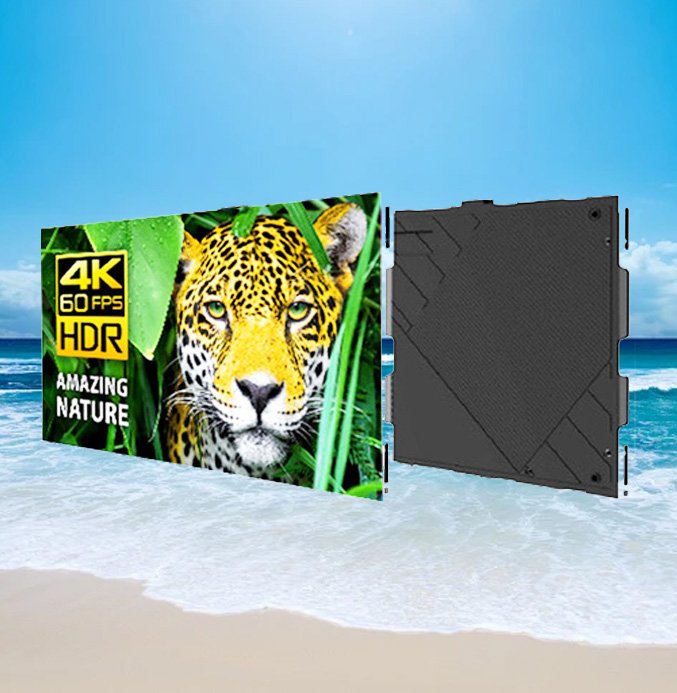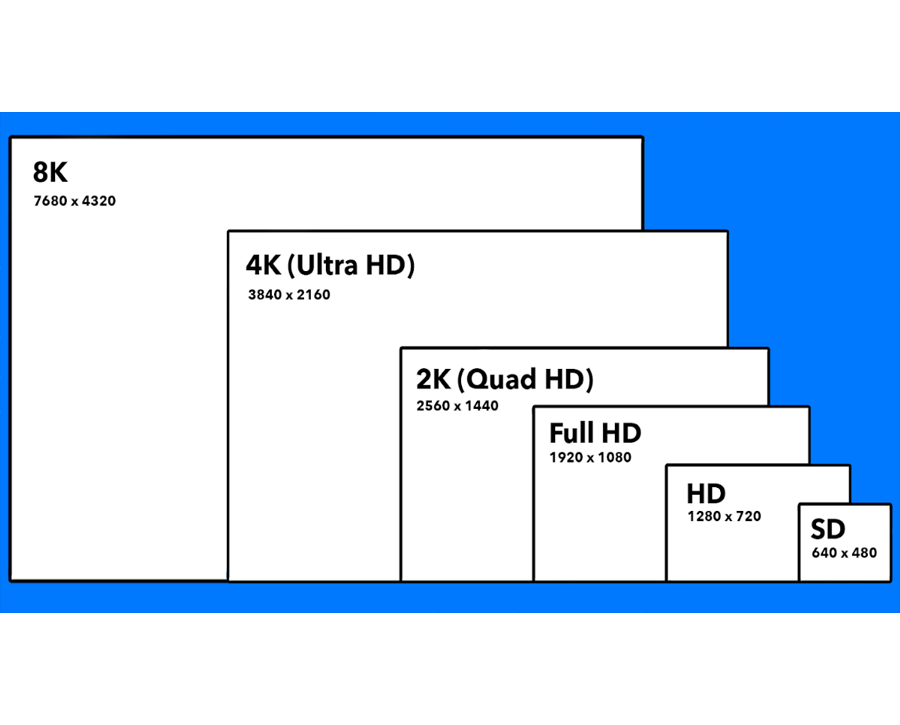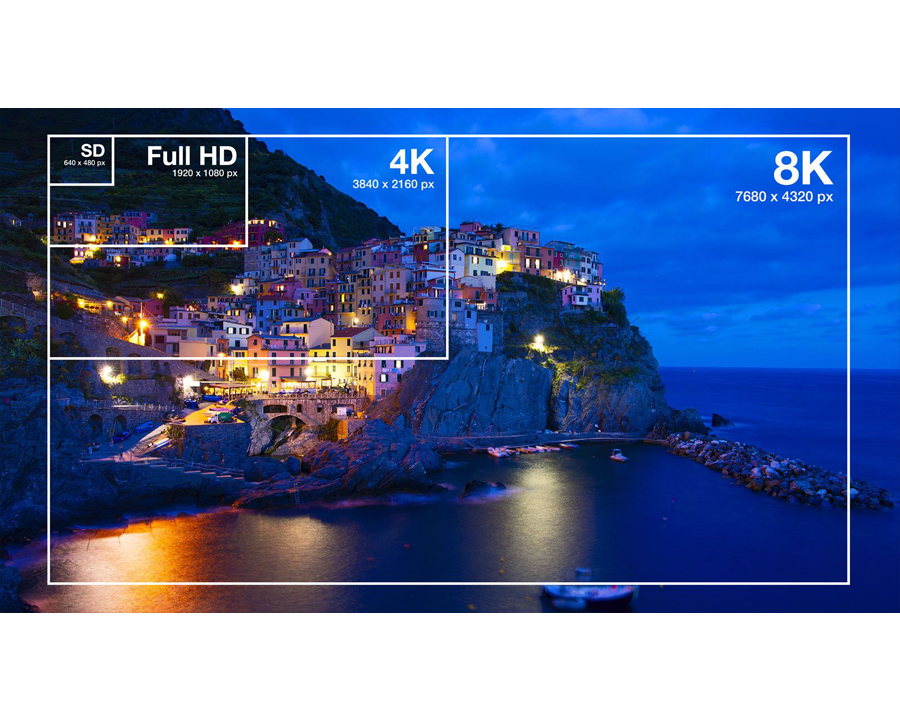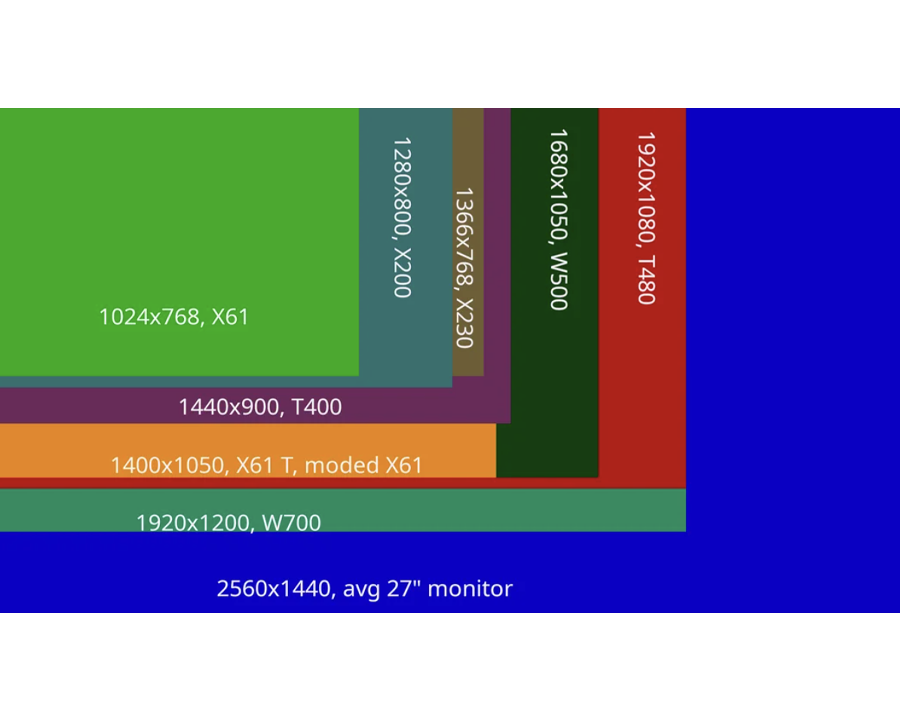
The screen resolution is a basic element in the field of modern display technology. Representing how clear and sharp images, videos, and texts will appear on your device. Understanding screen resolution in 2025, with its high-end applications in work, and entertainment, is a necessity for making informed choices in technology.
What is Screen Resolution?
Resolution in computer jargon speaks to the amount of the number of pixels, expressed by width and height in pixels, usually written as 1920×1080. These tiny dots, called pixels, join up to build the images one views from one’s gadget. The larger the quantity of pixels, the clearer the image is or is in. Higher resolutions, such as 4K or 8K, have many more pixels, thus sharper visuals and more life-like details.
Screen resolution is critical for clarity of vision. Higher resolutions reduce pixelation. Hence, ensuring smooth edges and finer details. This is especially important when viewing high-quality videos, playing advanced video games, or editing intricate graphics.
Display performance is directly related to screen resolution. A high-resolution screen provides clear visuals, which make the viewing experience far better. Be it movie watching, graphic designing, or simple web browsing, a better resolution adds to comfort and enjoyment.
Types of Screen Resolution
There are several screen resolutions and each has been designed to address particular needs coming about due to developments in technology. We see here that the most used resolutions are HD, Full HD, 4K, and 8K.
HD, high definition is the lowest tier of resolution normally, set a minimum of 1280 x 720 pixels. It was groundbreaking on its release but today it is nothing more than basic. As mentioned earlier HD is more appropriate for small screens gear like cheap tablets, smart phones and some laptops of previous models. As an unbiased analysis, it provides reasonable clarity for routine operations but is not remarkable if measured with today’s devices qualms.
Full HD, otherwise also referred to as 1080p, describes a fixed resolution of 1,920 by 1,080 pixels. It has already become the norm for many of the new age conventional TV sets, monitors and even laptops. Full HD really serves general use quite well, having great visual clarity for everyday computing tasks, streaming, and even some casual gaming.
4K, often called Ultra HD, serves to take the display quality to entirely a different level of quality with 3840 x 2160 pixels. It is four times the resolution of Full HD meaning the picture quality is sharper and colors are much more vibrant. This makes 4K the ideal companion for large displays because with more pixel density, images do not appear stretched or pixelated. Games, videos, or movies lovers, 4K makes perfect sense due to its improved resolution.
8K is the highest resolution of 2025 and the devices’ path will be 7680×4320. Compared to Full HD, which has 16 times fewer pixels. 8K is incomparable in detail and realism. However, it mostly finds use in professional situations, like film production, medical purposes, and highly advanced simulations. HD fits for ordinary purposes. Full HD for an average user. 4K enhances the possibilities for both entertainment and work. 8K covers very special tasks requiring super-high details.
Why Screen Resolution Matters in 2025
With screens being of higher resolution in 2025 than ever, technology has created a situation where high-resolution displays are becoming imperative in many fields.
Gaming has become a driver of innovations in screen resolution. Newer, modern games are graphically intensive, with high levels of detail in textures, complex lighting, and detailed environments. The higher resolution allows you to appreciate such finer rims, making the games much more enticing to play. For instance, if you watch a game in 4K resolution you would be able to note the particularities of a grass blade or pupils of a character’s eyes in the game play.
The same can be said for graphic designers and content producers as they are the ones who benefit from higher resolution. Whether editing photos, creating digital art, or producing videos, a high-resolution screen will show every detail of your work. That is extremely important in color grading, retouching, and detailed design efforts. The higher resolution also means that the professionals stand to benefit from more productivity as they can easily work on more content within the screen without straining the eye.
The streaming services do support high-definition videos, with available 4K and the higher 8K videos for movies and TV shows. Previously unmentioned popular streaming media providers such as Netflix, Amazon Prime, and YouTube have now gained a broad range of high-resolution content. To fully appreciate this media one must use it on a high resolution screen. If you watch a 4K movie on a 1080p screen. They then are not having it delivered to them in the same format that it was uploaded or posted.
Other areas where the screen resolution becomes important are virtual reality and augmented reality. Again, the higher resolution decreases the “screen door effect” where one can notice the pixelation of the screen that dismantles the immersion effect. With the increasing advancements in VR and AR, high-resolution displays are finding applications for realistic and immersive experiences.
How to Choose the Right Screen Resolution
It all depends on your needs, screen size, and budget. The wrong choice will result in money wasted or an unsatisfactory experience. Here’s how to make the right decision:.
A major deciding point would be the screen size: While already relatively sharp on a small-sized 13-inch laptop, not that much advantage of 4K can be utilized. For large-size monitors of 32-inch size and even larger TVs-65-inch class. This means that even at close view distances. 4K is able to maintain sharpness.
Your purpose for the screen also matters. Casual gamers might find Full HD sufficient. For business users who work on spreadsheets and presentations, Full HD is usually adequate. Professional editors and designers, however, should invest in 4K or higher resolutions for the precision needed in their work.
Budget is another issue altogether. High-resolution screens are just more expensive, not only in the display itself but also in the hardware that supports them. This monitor will need a computer that supports 4K easily as 4K is most probable going to be the resolution standard going forward. But be prepared to analyze your requirements well enough to avoid being charged for elements that you can’t fully utilize.
The best monitor for gaming is a 27-inch 4K with a 144 HZ refresh rate while for detail the 4k is ideal. In general working, one can go for an affordable 24 inches Full HD monitor. Professionals in video editing or graphic design should consider a 32-inch 4K monitor with HDR support to accurately display colors and dynamic range.
Screen Resolution: What’s Coming
The future of screen resolution is bright, as new technologies have vowed to make display quality even more different. By 2025 and beyond, advancements in resolution and display technologies are going to revolutionize how we experience digital content.
Among the most promising innovations is MicroLED technology. It is brighter, has better contrast and consumes less power compared to existing technologies such as OLED. MicroLED screens have a realistic picture with black levels and introduced colors.Making them ideal for both professional and consumer use.
Higher resolutions are also in view. Even now, 8K remains in the development phase. They are already beginning to discuss 16K. Picture a screen that could be as distinct and palpable as to penetrate flesh and bone and come face to face with life. In a few years, this may well become a reality for a number of specialized applications, including medical imaging and other advanced simulations.
Another exciting development is foldable and rollable screens. These devices combine portability with high resolution and will change how we define mobile devices and laptops. Imagine a tablet unfolding into a 4K display or a smartphone that rolls out into a small monitor. These innovations may change how we interact with technology.
Similarly, screen resolution improvement will greatly help AR and VR. Higher resolutions will make virtual environments more immersive and realistic, improving applications in gaming, education, and training.
Sustainability is now a focus in display technology. There are manufacturers who work on creating screens that consume less power without compromising resolution or quality. This shift to eco-friendly technologies ensures that in the future. Screens are not only better but also more sustainable.
Conclusion
Screen resolution is the cornerstone of modern display technology. In 2025, its importance cannot be denied as advancements in gaming, professional work, and entertainment are pushing visual clarity to new heights. Understanding screen resolution allows you to make informed choices. Thus ensuring the best experience for your needs.
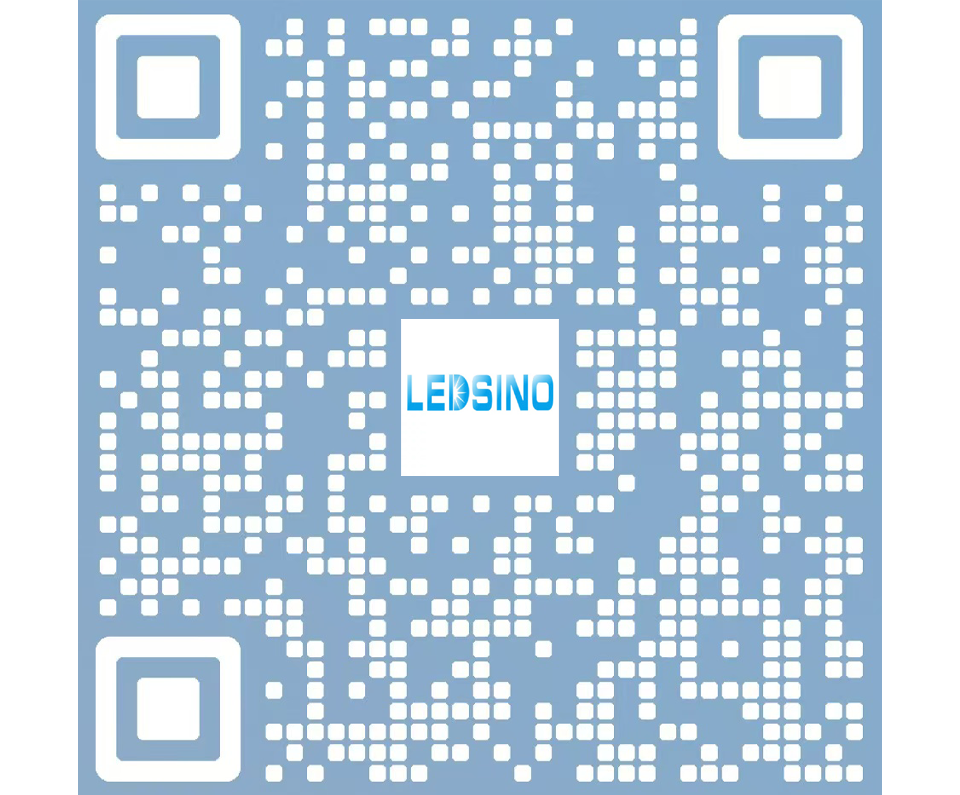
Enter the digital world with our advanced display technologies.

